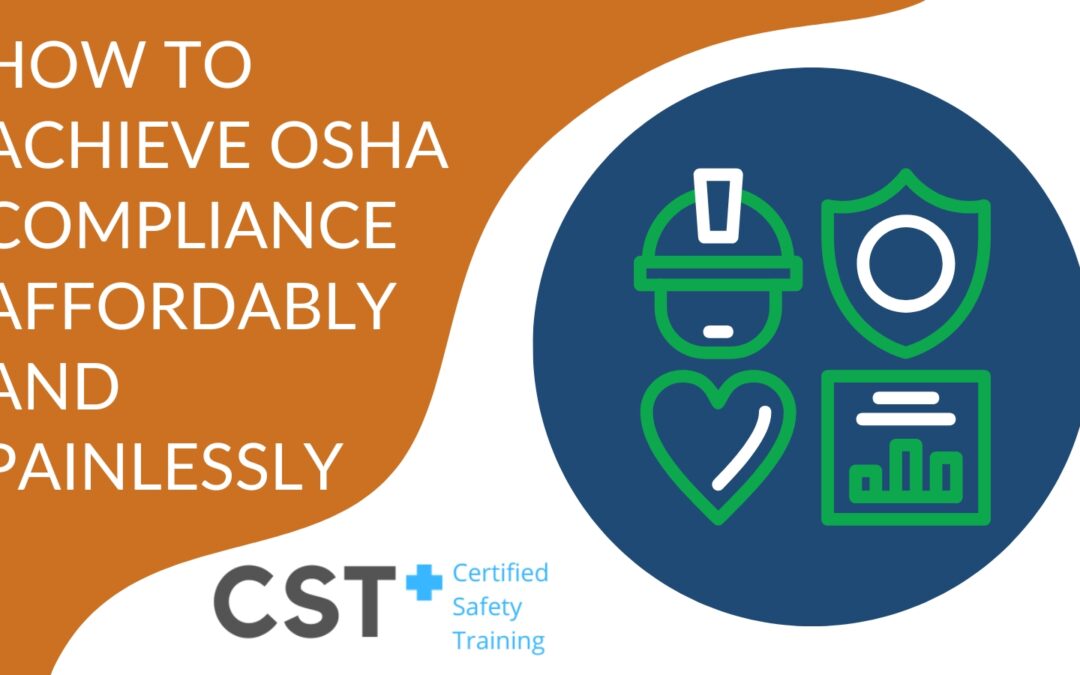Funeral homes, crematories, and cemeteries are busy places filled with hazards for employees. Whether embalming, cremating, or digging, employees often find themselves with questions regarding workplace safety, and employers often find themselves thinking about downside risk. Johnson Consulting Group has partnered with Certified Safety Training to elevate compliance in the deathcare industry. What follows are ten steps to creating a comprehensive safety and compliance program.
#1 Establish a Safety Supervisor
At a funeral home, crematory, or cemetery, the safety supervisor implements and enforces safety policies and procedures to prevent accidents, injuries, and health hazards in the work environment. Sometimes the employer or general manager holds this position, and other times regular employees hold this position.
#2 Set Clear Communication Channels
The safety supervisor works alongside management and employees to communicate safety procedures to employees, and ensure that these procedures are followed. It is also important to remember that even if the employer is not the safety supervisor, it is still the employer’s responsibility to adequately train the safety supervisor on their duties to be able to help all staff accomplish their work tasks safely.
#3 Policy Development
Create and update safety protocols, guidelines, and procedures in accordance with industry standards and OSHA regulations. This includes safety training programs for employees. This should be done alongside the employer if the employer is not the safety supervisor.
#4 Risk Assessment
Conduct regular inspections and risk assessments of the workplace to identify potential hazards and risks. This involves analyzing processes, equipment, and conditions that might pose threats to employee safety. These should be communicated to the employer if the employer is not the safety supervisor.
#5 Safety Training
Organize and conduct safety training sessions for employees to educate them about safety protocols, emergency procedures, proper equipment handling, and the use of protective gear.
#6 Incident Investigation
Investigate accidents, near-misses, or safety-related incidents to determine their causes and prevent future occurrences. Then, analyze data and implement corrective actions to improve safety. Contact CST to learn about OSHA reporting exceptions in the deathcare industry.
#7 Localize Compliance
Ensure that the workplace complies with local, state, and federal safety regulations and standards. Twenty-nine (29) states have state-specific OSHA plans. Be sure to determine if you are in one of them and ensure your OSHA manual, training and recordkeeping meet your state requirements. Then keep abreast of changes in regulations and implement necessary adjustments.
#8 Emergency Preparedness
Develop emergency response plans and procedures for various scenarios like fires, chemical spills, or medical emergencies. Then, conduct drills annually to prepare employees for such situations.
#9 Collaboration
Work closely with management, HR, and other relevant departments to integrate safety practices into the organizational culture. OSHA training must be conducted “at the time of initial assignment” according to OSHA.
#10 Documentation and Reporting
Maintain detailed records of safety inspections, incidents, training sessions, and compliance activities. OSHA will not take your word for it. You must have written proof of all of your compliance and training activities or face citations.
About the Author: Mark Harrison is the president of Certified Safety Training, the exclusive safety and compliance provider to the largest associations in North America. Certified Safety Training is backed by Certified Safety Professionals, more than two decades of deathcare safety experience and award-winning safety programs. Launch Your Safety Program With The CST App
Download A Free Funeral Home & Crematory OSHA Safety Checklist
